Paper Trails: Our Picks from the Ultimate Car Brochure Archive
For anyone who's ever spent a little too long poring over a vintage brochure at a car show, there's now an online archive that feels tailor-made. With over 50,000 catalogues covering decades of automotive design and engineering across nearly every marque and model imaginable, this resource is a treasure chest for every enthusiast. They reveal how automakers saw themselves, how they wanted to be seen, and what they thought would matter to the people behind the wheel.
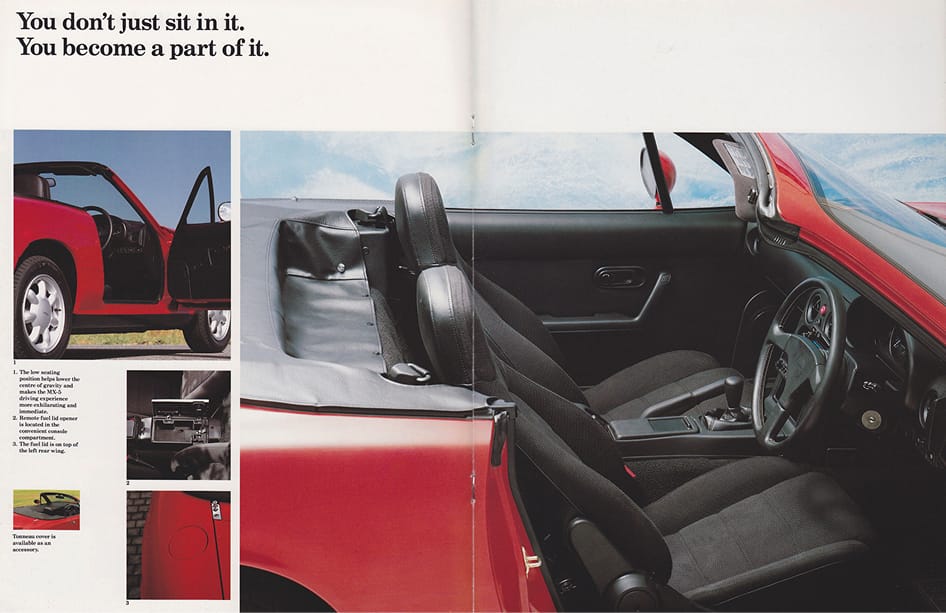
From the Diablo's metaphoric journey through Hell to the pragmatism of an 80's Land Rover, these are some of our favourite brochures that shaped the culture and context of the cars we still care about.

Mazda MX-5: A Roadster Reimagined

When the first-generation MX-5 launched in 1989, it was pitched as a return to form: lightweight, rear-wheel drive, and refreshingly analogue. The brochure leaned into this philosophy, using minimal design and clean visuals to let the shape and intent of the car do the talking. It didn’t need excess. The MX-5 was a celebration of simplicity and the catalogue reflected that.
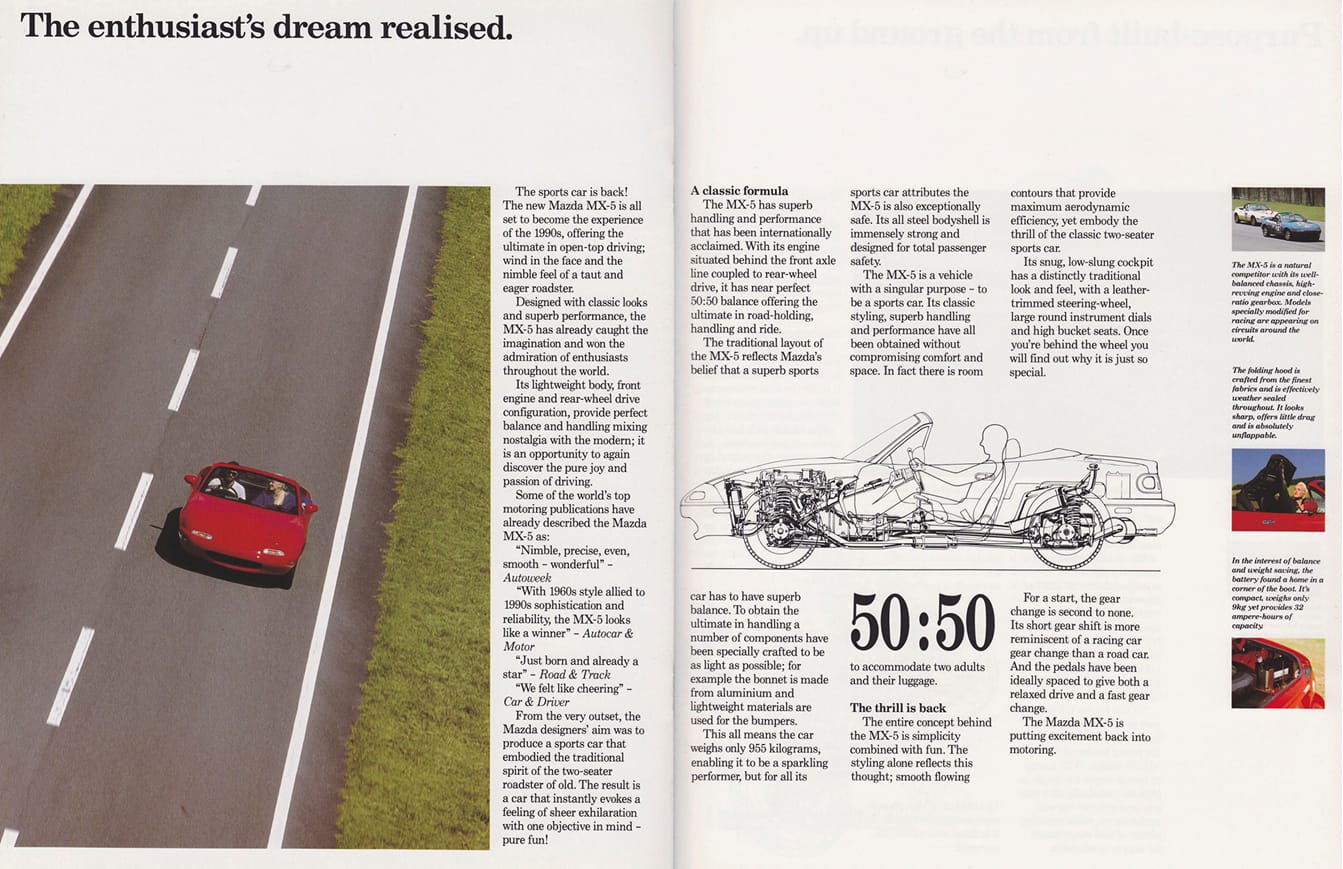
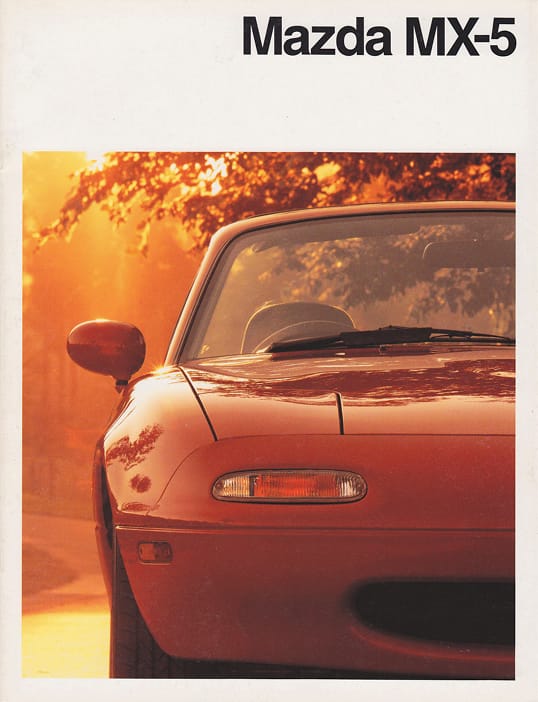

The enthusiasts dream realised
Driving is believing
This was a masterclass at appealing to pure driving emotion. Breezy typography, sun-drenched imagery, and a tone that felt more like an invitation. Clearly, it worked. The MX-5 exceeded initial sales expectations and went on to become the world's highest-selling two-seater open-top sports car.

Lamborghini Diablo: The Poster Car with Real Substance
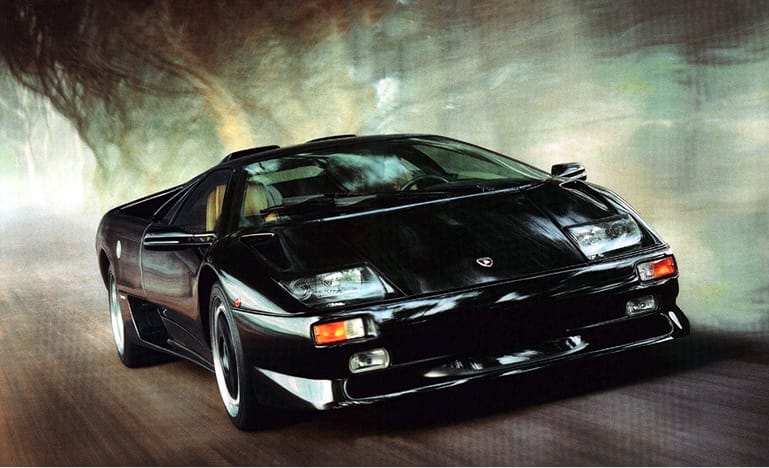
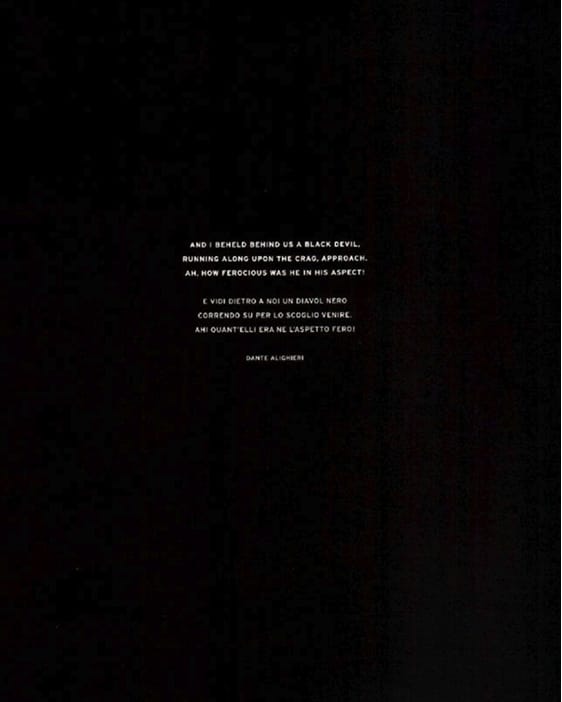
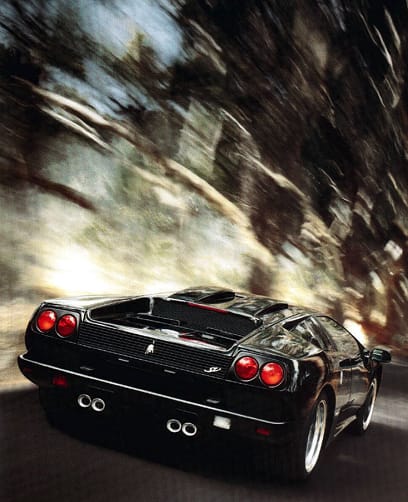
Left: 'And I beheld behind us a black devil, Running along upon the crag, approach. Ah, how ferocious was he in his aspect!'
As you probably guessed, the Italians opted for a slightly different approach to the Japanese. Instead of golden hour sunsets, Lamborghini opened with a passage from 'Inferno' by Dante Alighieri, a poem written in the 14th century that describes a fictionalised journey through Hell. How else would you introduce your new supercar?
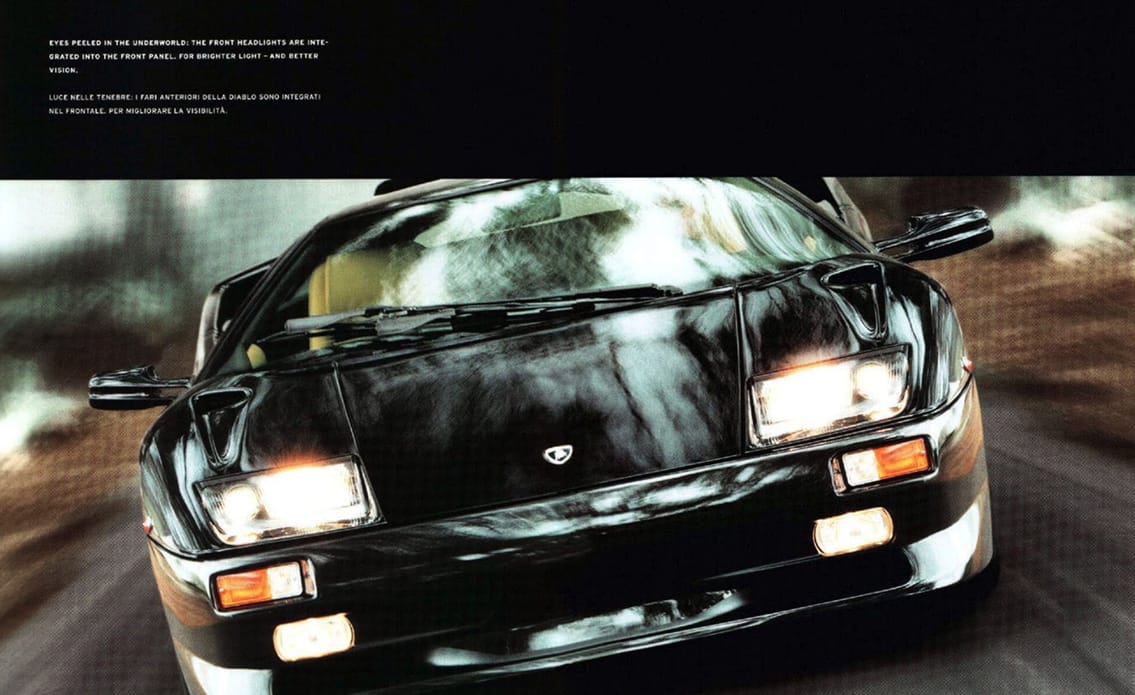

No car defined the bedroom-wall aesthetic of the 1990s quite like the Diablo. But beyond the scissor doors, V12 theatrics and copious references to the underworld, was a machine that marked a turning point for Lamborghini and a leap toward modernity.
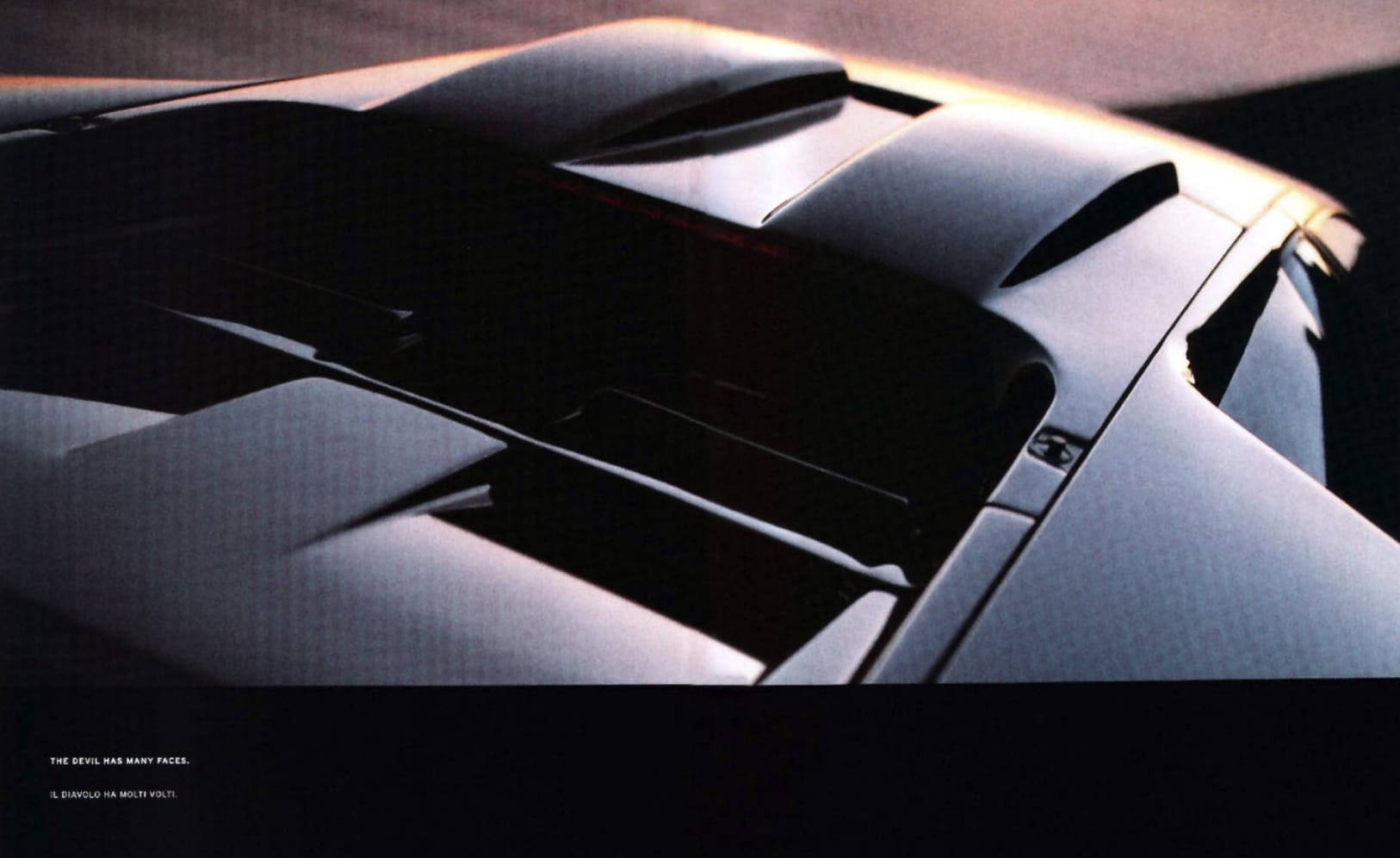
There was no shortage of deep shadows, intense landscapes and obscure passages of text, but buried beneath the flair was a genuine emphasis on engineering: multi-point fuel injection, electronically adjustable suspension, and aerodynamics that reflected Lamborghini’s growing commitment to performance beyond shock value.

That said, Lamborghini's emphasis on engineering pales in comparison when one looks to the 170 page brochure that Porsche put together for the 997 Carrera...
Porsche 911 (997 Carrera S): The Bridge Between Eras


The 997-generation Carrera S occupies a particularly revered space in Porsche’s lineage — modern enough to be usable daily, yet analogue enough to remind you why the 911 has always mattered. It was the car that recalibrated Porsche's design language after the polarising 996, bringing back the classic round headlights and a more sculpted, timeless silhouette.


Its brochure echoed this return to form. Crisp photography showcased not just the familiar profile, but also the subtle improvements: widened tracks, a more athletic stance, and the introduction of Porsche Active Suspension Management (PASM), which quietly shifted the conversation from tradition to transformation.
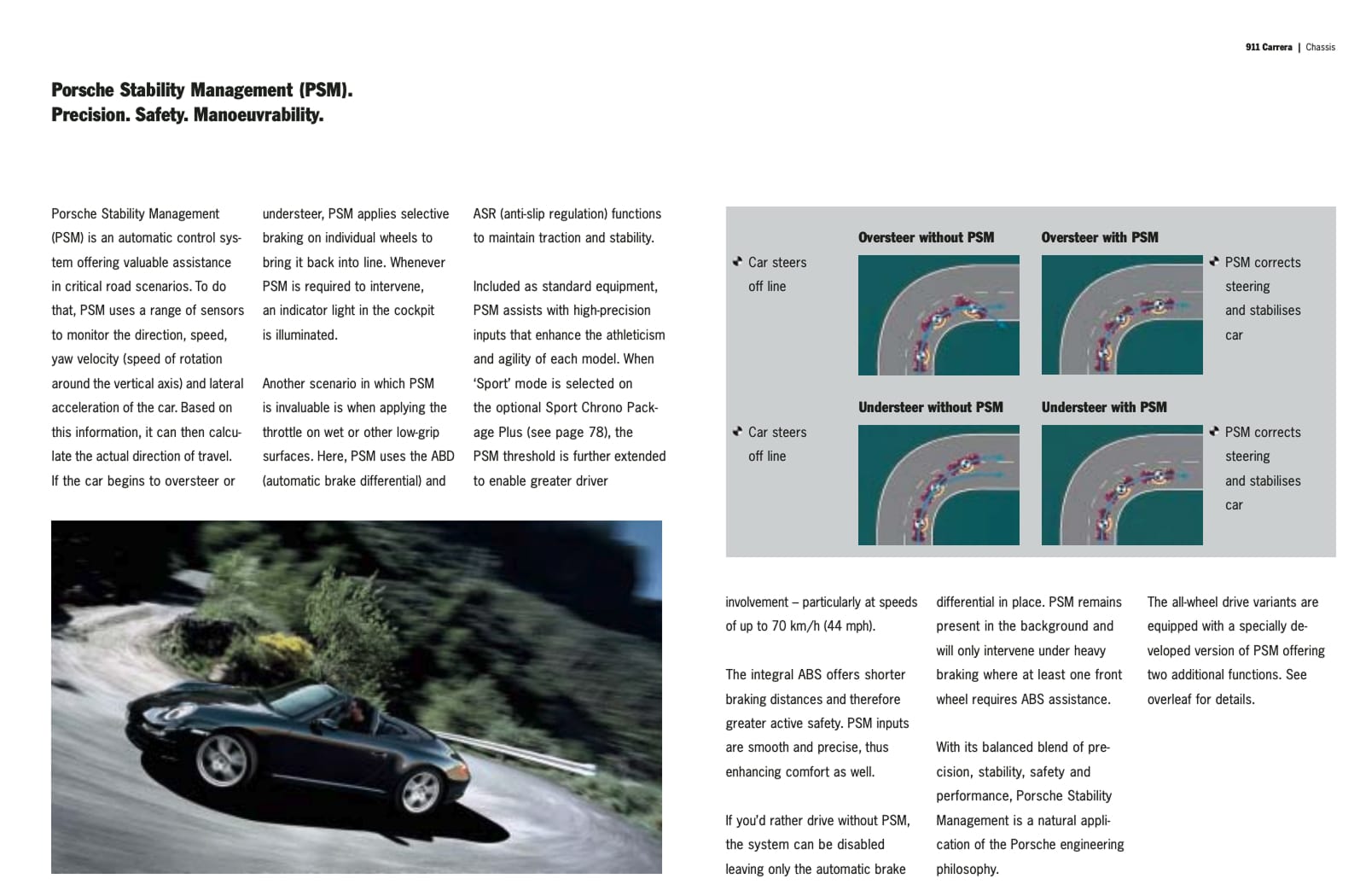
Inside, the catalogue emphasised a balance of performance and usability — a naturally aspirated flat-six delivering 355 horsepower, paired with precision-engineered ergonomics and real attention to material quality. But it was never overdone. The tone was restrained, confident, and unpretentious, very much like the car itself.
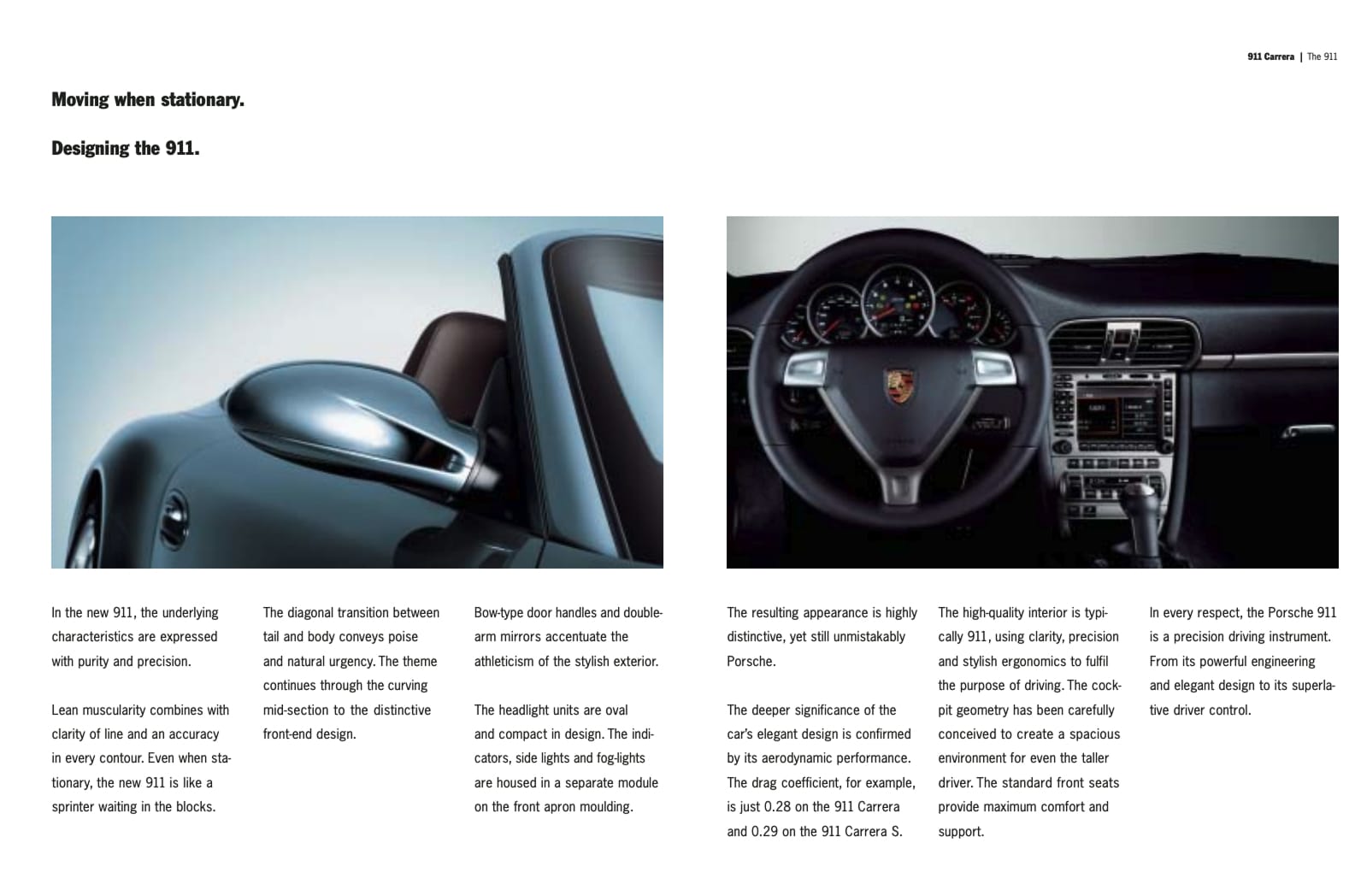
Land Rover Defender: Utility Meets Identity
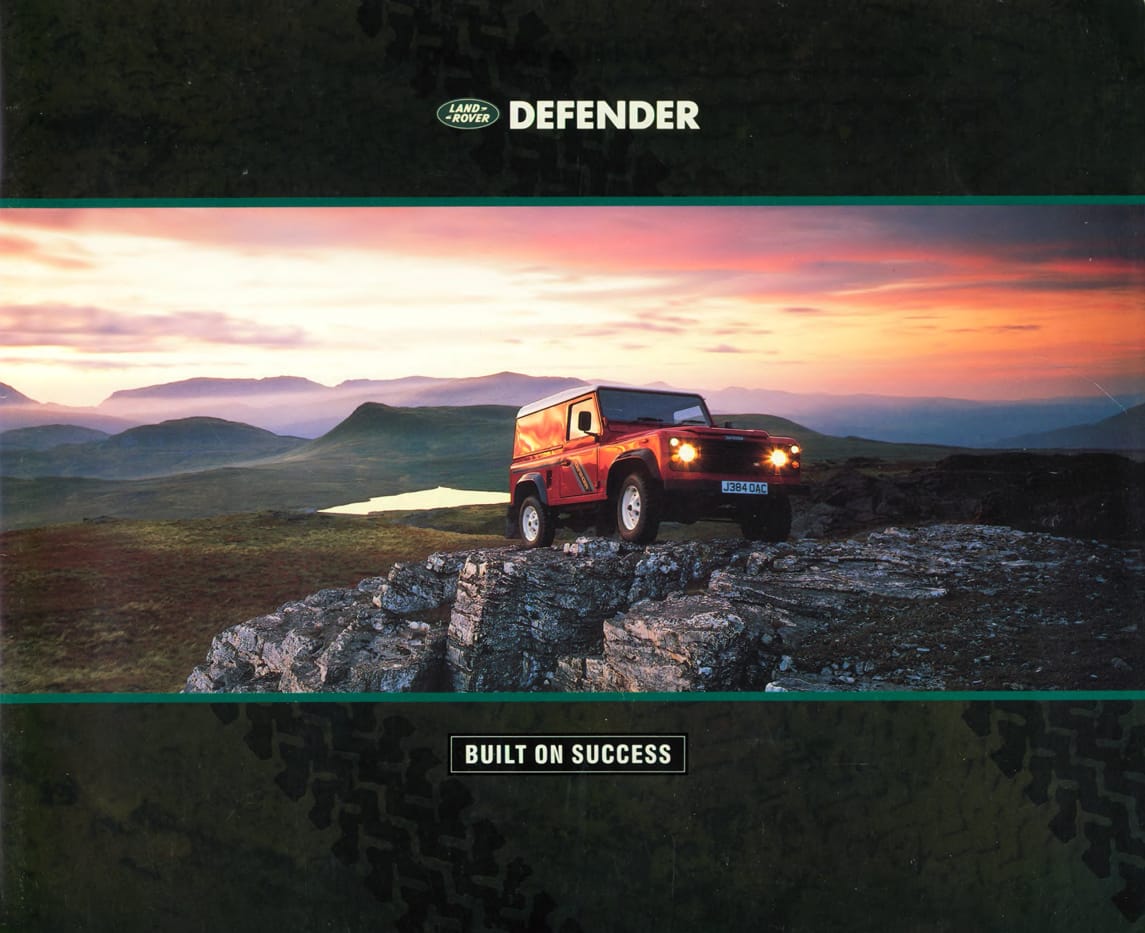
Few vehicles are as tied to their purpose as the classic Defender. Its brochures, especially from the 1980s and '90s, were direct and unapologetically functional. They highlighted the utility of the design, the flat panels, the modular build, with stark photography and concise language. But there was poetry in the pragmatism.



What the 1988 Defender brochure captures was that this was a vehicle designed for people who needed a tool, not a toy. Whether you were tending to your sheep or chopping wood with the guys, the Defender was your trusty companion, or as Land Rover put it, 'Defender is a highly flexible support vehicle that also contributes to the image of an efficient and professionally run enterprise'.


So whether you’re deep into a restoration project, researching a specific model, or just want to understand what made certain eras of car design so iconic, AutoCatalogArchive.com offers an incredible resource. It's a reminder that how a car is presented, not just how it performs, is part of what makes it timeless.

